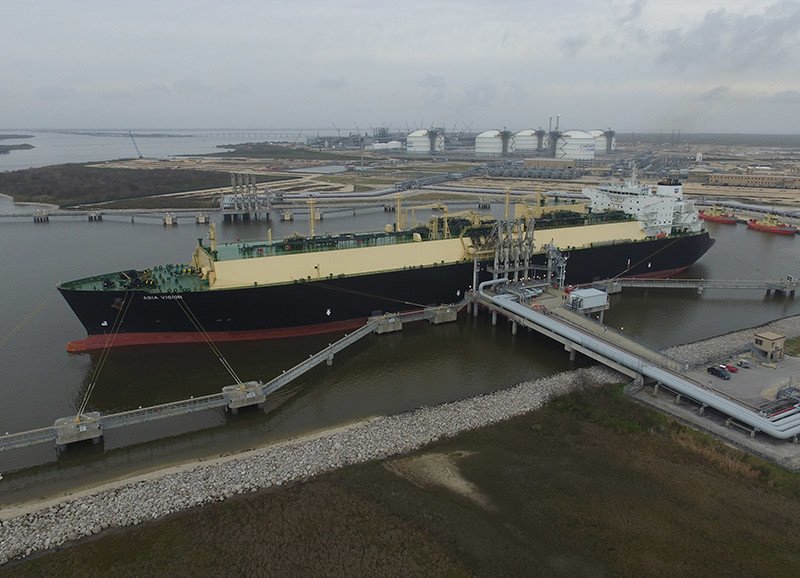In Asia, after several months’ efforts on restocking, Chinese storages have largely completed their gas injections.
Our data indicates Chinese LNG imports dropped more than 50% last week to around 15 cargoes, a number we see staying flat for the current week. Overall regasification facility utilization dropped to below 90% as a result.
On the other hand China’s domestic LNG wholesale prices have spiked week on week as receiving terminals limited their sales to traders and other non-residential sectors, aiming to ensure gas supply to residents, in line with the government’s goal.
Higher feed gas costs for domestic LNG plants in northwest China also helped build the current strong wholesale prices.
PetroChina reduced its supplies to local LNG plants, again to ensure gas supply to residential sector, by sending gas via pipeline networks.
Higher LNG costs have pressured downstream industrial participants and LNG vehicle drivers. They are buying at higher prices than residents as Chinese government strictly regulates gas prices to residents, aiming to minimize impacts on them from soaring prices.
The cost pressure may lead to lower run rates of industrial plants, weigh on usage of LNG vehicles, or prompt further switching to alternative fuels.
The European market has seen a spate of conflicting signals since last week’s price decline in the region, which was triggered after the Russian president’s orders to pump gas to storage in Germany and Austria after domestic stocks were full.
However, gas flows into Germany at Mallnow dropped to zero over the weekend, and did not resume for five days.
Even though Russia can send gas to Western Europe through other routes, and prices may not be as high as initially feared, they retain an upside risk until additional supplies actually materialize.
In addition, Gazprom also booked only the contracted capacity through Poland and Ukraine from Jan – Sep 2022, which may indicate their expectations for the approval of Nord Stream 2
In the U.S., even with improved storage levels relieving pressure domestically, record export demand is expected to continue, with lower but elevated TTF and Asian spot prices ensuring the uptake of any LNG the U.S. can produce.
As such, Henry Hub prices remain strong and are now responding primarily to LNG demand. While production impairments from Hurricane Ida are yet to be fully reversed, we have noticed a faster than expected reactivation of Shell’s offshore Gulf of Mexico assets, adding to our expectations of a supply uptick this quarter.
Overall, coupled with a sharp decline in coal prices driven by government directives in China and high LNG inventories in the rest of Asia, the market sentiment appears to have turned bearish in the near term, with all eyes watching November temperatures and developments in Russia-Europe trade flows.
However, upside risks persist: the TTF is rife with volatility and European storage is still inadequate for a harsh winter. Additional supplies from Russia to the order of 6 BCM may not be enough to put off a sharp withdrawal.
Sabine Pass and Freeport, Texas, are grappling with feedgas fluctuation. Any extensions of Freeport’s feedgas constraints into December may see another cargo taken off the market near peak winter.




